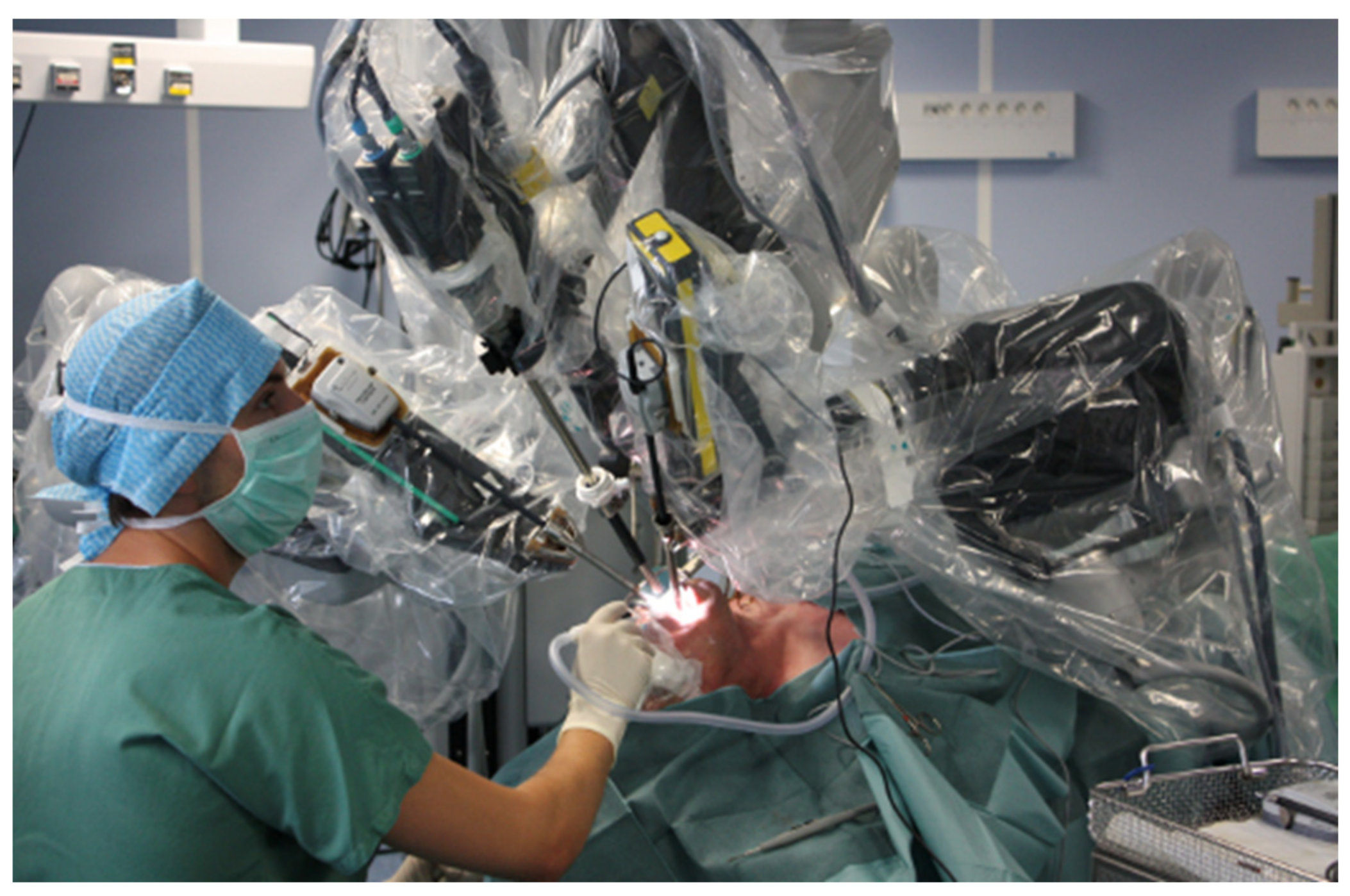Precision in Practice: The Evolution of Minimally Invasive Surgeries
Minimally invasive surgery (MIS) has revolutionized the landscape of healthcare, transforming how surgeons perform procedures and profoundly impacting patient care. This revolution began with pioneering surgeons seeking less invasive alternatives to traditional open surgeries, and it continues to evolve today with groundbreaking advancements in technology and techniques.
The Rise of Minimally Invasive Surgery:
In the past, open surgery was the standard approach for most surgical procedures. This involved large incisions, extensive tissue dissection, and prolonged hospital stays. While effective, open surgery was associated with significant pain, scarring, and potential complications.
The development of laparoscopic surgery in the 1980s marked a turning point. This minimally invasive technique utilized small incisions to insert a laparoscope (a long, thin instrument with a camera) and surgical instruments, allowing surgeons to perform procedures through magnified visualization on a monitor. This revolutionary approach offered numerous benefits over traditional open surgery, including:
- Reduced pain and discomfort: Smaller incisions meant less pain and faster recovery times for patients.
- Minimal scarring: MIS left minimal scars compared to the large, visible scars associated with open surgery.
- Shorter hospital stays: With less invasive procedures, patients could often return home the same day or within a few days.
- Improved outcomes: MIS was associated with fewer complications and faster recovery times, leading to improved patient outcomes.
The success of laparoscopic surgery spurred further advancements in minimally invasive techniques. Today, a diverse range of MIS procedures exists, including:
- Robotic-assisted surgery: This technology enhances surgeon precision and control through robotic arms manipulated by the surgeon from a console.
- Natural orifice transluminal endoscopic surgery (NOTES): This approach utilizes natural orifices such as the mouth or vagina to access internal organs for surgery, eliminating the need for external incisions.
- Single-incision laparoscopic surgery (SILS): This minimally invasive technique utilizes a single small incision for instrument insertion, minimizing scarring and offering a more aesthetically pleasing outcome.
Precision in Practice:
The evolution of MIS goes beyond just reducing the size of incisions. Technological advancements are enabling surgeons to perform procedures with unparalleled precision and control. Some examples include:
- 3D laparoscopy: This innovative technology provides surgeons with a three-dimensional view of the surgical field, improving depth perception and spatial awareness.
- Fluorescence imaging: This technique utilizes specialized dyes to highlight specific tissues and structures, allowing surgeons to target diseased tissue with greater accuracy.
- Image-guided surgery: This technology integrates real-time imaging with surgical navigation systems, providing surgeons with a precise roadmap for complex procedures.
The Future of Minimally Invasive Surgery:
The future of MIS is bright, with ongoing research and development promising even greater advancements in technology and techniques. Some potential areas of innovation include:
- Artificial intelligence (AI)-assisted surgery: AI algorithms could analyze patient data and images to provide surgeons with real-time decision support and guidance during procedures.
- Nanotechnology: This technology holds potential for developing miniature surgical instruments and robots for even less invasive and highly precise procedures.
- Bioprinting: This technology could eventually be used to create custom-made organs and tissues for transplant surgeries, minimizing the need for invasive donor operations.
Conclusion:
The evolution of minimally invasive surgery has transformed the field of medicine, offering patients a safer, less invasive, and more effective way to undergo surgery. With ongoing technological advancements and the dedication of pioneering surgeons, the future of MIS promises even greater precision, improved patient outcomes, and a wider range of minimally invasive treatment options. As MIS continues to evolve, it will undoubtedly continue to shape the future of healthcare and improve millions of lives around the world.

















Medixi
January 4, 2023van empowerment volledig uit via covalente strategische themagebieden die het aangepaste proces ynamisch aanpassen.Dramatically
Medilax
January 4, 2023Dramatically supply transparent expertise whereas market-driven testing procedures. Professionally visualtize client-centric services